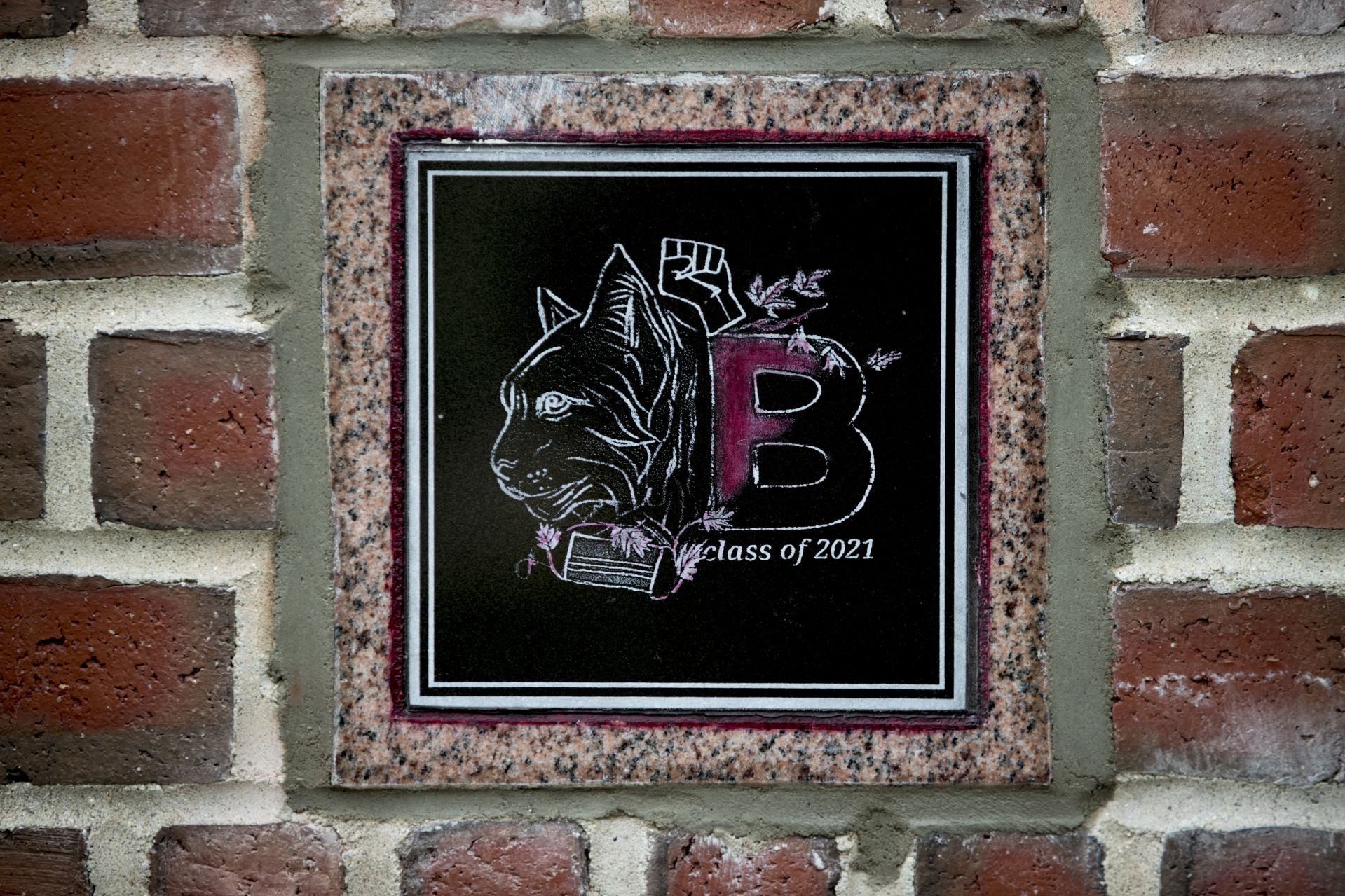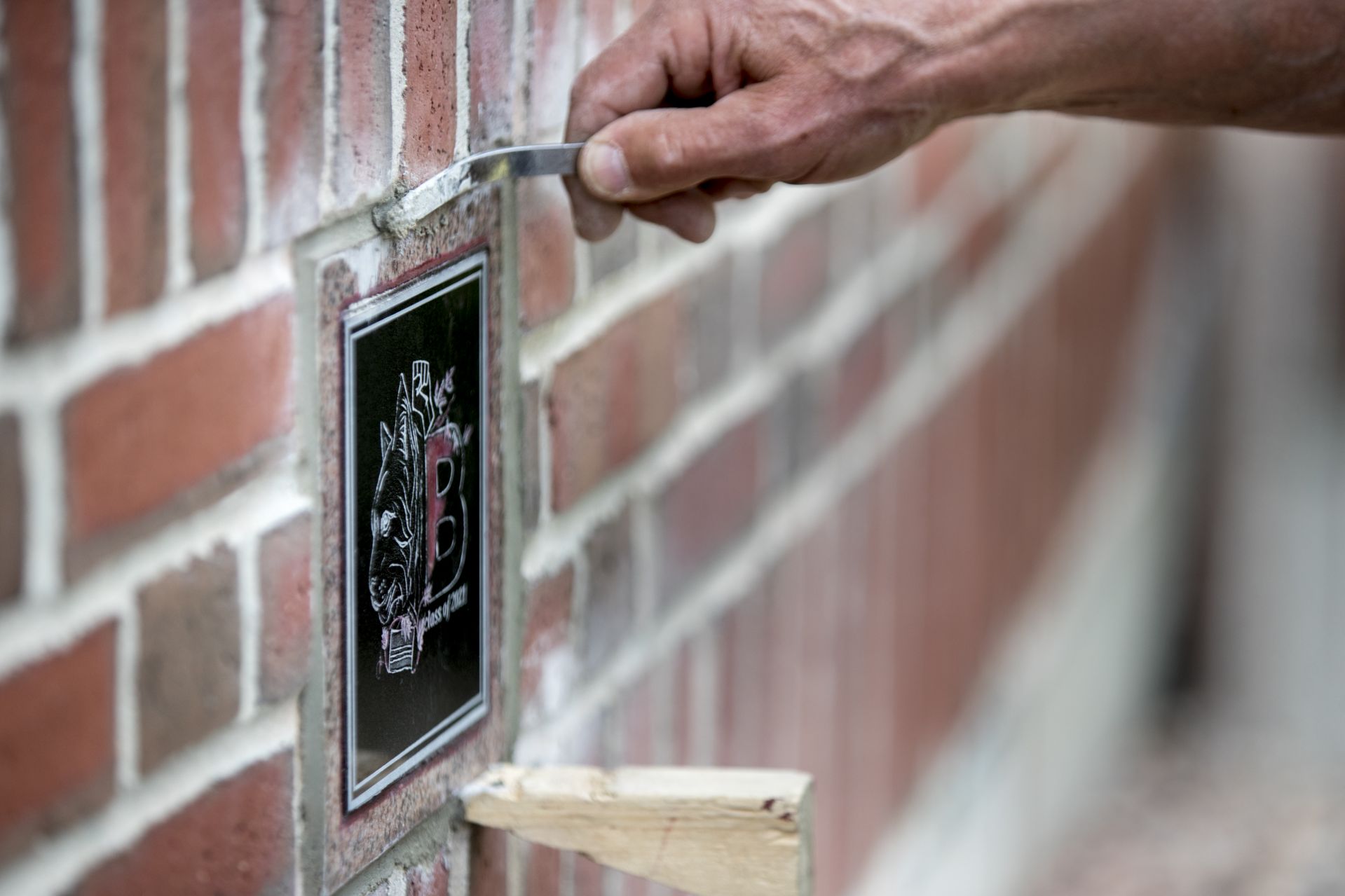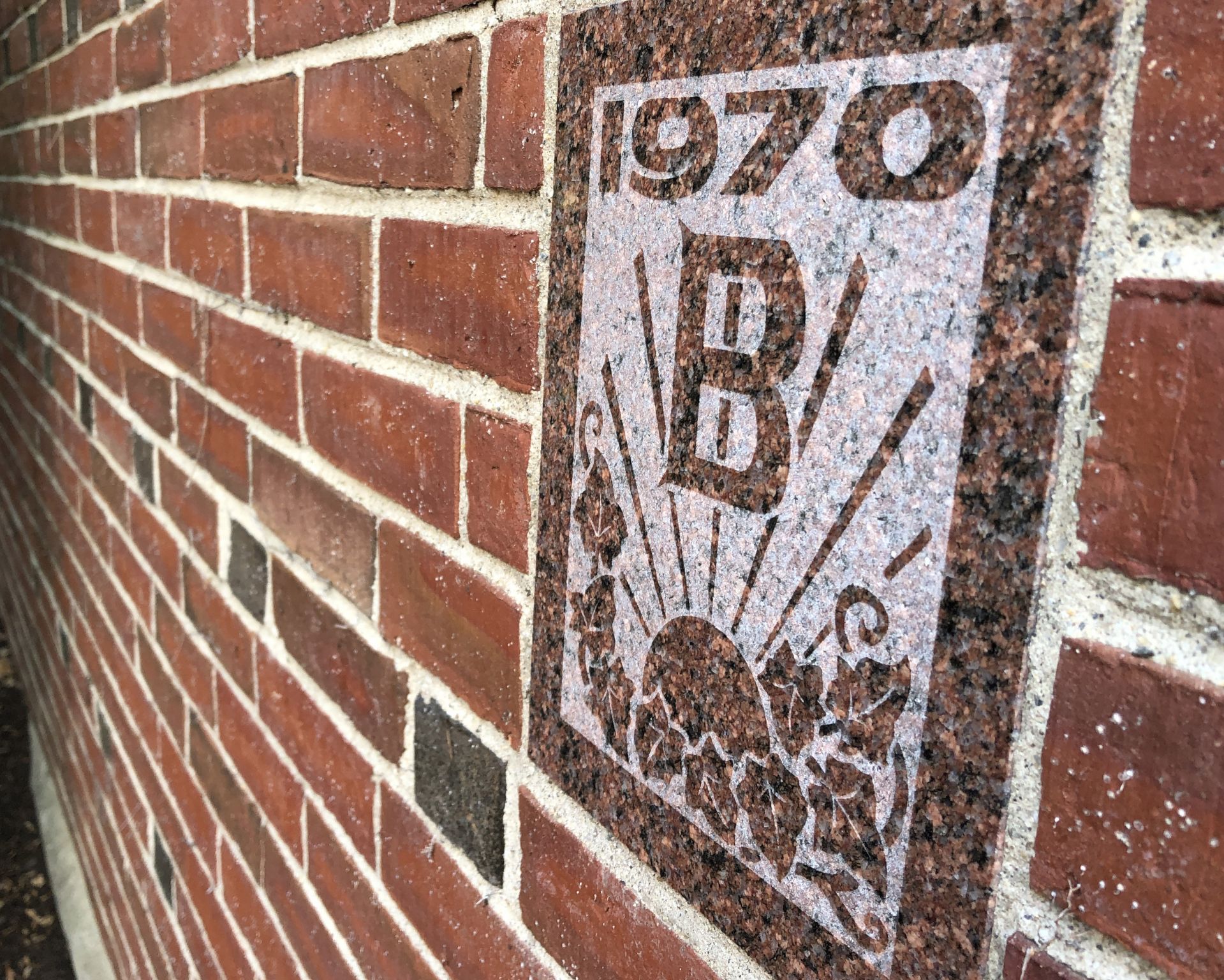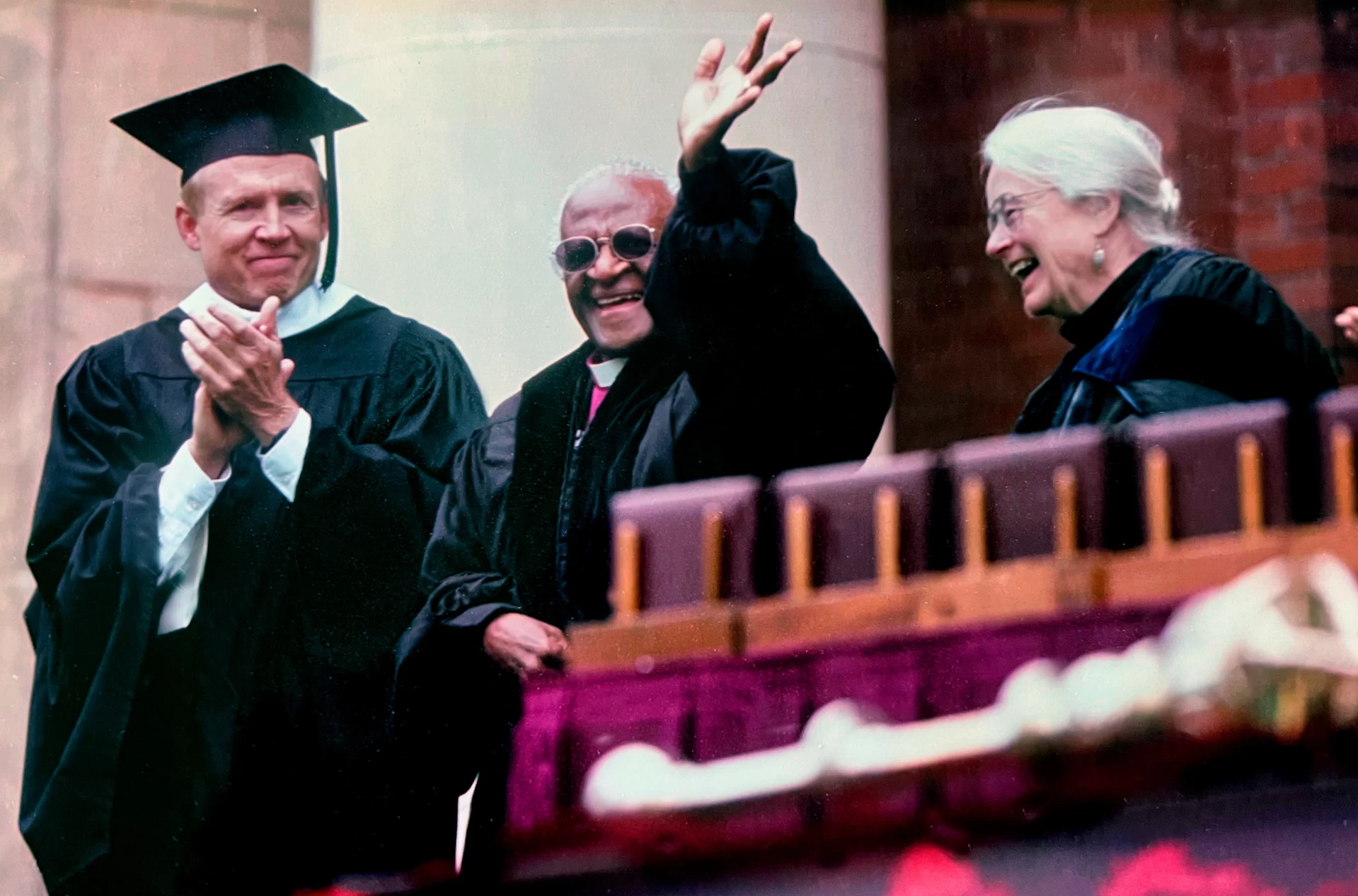
As a student, Muskan Verma ’21 of Shimla, India, always paid attention to the ivy stones around campus, particularly the newer ones she saw while passing Pettengill Hall.
Ivy stones have been placed on campus buildings since 1879 as a rite of graduation; old or new, they feature familiar elements. Like ivy, for one, seen on most of them. Other campus features pop up occasionally, like Hathorn and its bell tower (in closeup in 2020, 1973 and 1963 and from a distance in 2019), and lantern and lamp motifs (1980, 2005, and 2014). The Class of 1999 went a little meta, sketching bricks on their design along with the ivy.
“What if ours could look different?” Verma asked herself.

The best way to make that happen, she reasoned, was to do it herself. Regardless of the outcome of the competition, even the prospect of having something she’d made etched in stone was a good motivator. “I didn’t really expect my submission to be selected,” she says. “I just wanted to give it a try.”
Yet the rhetoric and theater major’s design was indeed selected, by a vote of the senior class. (Voters did not know who the designers were.) It now adorns Pettengill itself, installed by Bates mason Ron Tardif on May 25, just to the right of the front door entrance.
It features a few very specific motifs. There’s the Bobcat (not unusual, the Bobcat can also be found on 2011’s and 1929’s stone) but just below the cat’s noble face is a sign of the times circa 2020–21: a pandemic face covering.

“At first I thought about not including anything related to COVID-19 in the design,” Verma says. “But it felt incomplete to me. It would be a disservice to everyone who was adversely affected by this pandemic in different ways to completely skip over a tough but important part of our Bates experience.”
The mask, Verma felt, was the “most universal symbol for the pandemic” but it was also a reminder of one good thing: “the efforts the Bates community put in to keep each other safe.”
She softened it by adding a few ivy leaves growing around it, a very deliberate choice to represent how the campus community grew from the experience. “I wanted to make it look dynamic, hopeful and a step towards better,” she says.

Verma also made the bold move of including a raised fist, the century-old, iconic symbol of resistance and activism made freshly ascendent in the Black Lives Matter movement. For a class that witnessed the country explode in powerful protest after the June 2020 murder of George Floyd by police officers in Minneapolis, it made great sense to Verma that the symbol be present.
”Our class has been around to experience and more importantly, stand up and highlight that by protesting the oppression of marginalized people,” she says. Included in that was taking a stand close to home, to interrogate the story of Bates’ founding and to issue a wake-up call to Bates “to do more in the struggle for equity, inclusion and antiracism.”

“To me, [the fist] symbolizes the non-violent strength of the masses. People power,” she says, mentioning causes like feminism, socialism, labor rights, and the Black Power movement. “But that’s just a personal take. I understand different people and generations associate it with different types of resistance.”
It was already resonating even before the mortar was dry. “Power to the people,” said Tardif approvingly as he put the finishing touches on the 2021 ivy stone.
This is one of the very few ivy stones to make direct reference to contemporary events. The Class of 1970 seems to feature the Earth — though it could be the sun — on its stone, perhaps in homage to Earth Day, first held in April 1970.
The 1946 stone includes what looks like a ship’s wheel, a nice nod to the presence of the Navy at Bates during their years. And the 2015 stone is illustrated with palindromic binary code — 11111011111 — that signifies the numerals 2015 to reflect the digital age.

Ultimately though, for Verma, “this was just as much a symbol of the power of the student body that makes up this college and holds the power to make change.”
Verma’s hope is that people who see the stone will think of the resilience of the Class of 2021. It should stand as a symbol, “that our work isn’t yet done and that resistance will be even more important when we are out there, not together anymore, but still a community.” Ideally, the message is personal for her classmates. “I hope the design represents at least in some ways, every single person from my class and that they are able to think of our time here when they come across it.”




